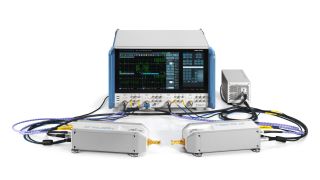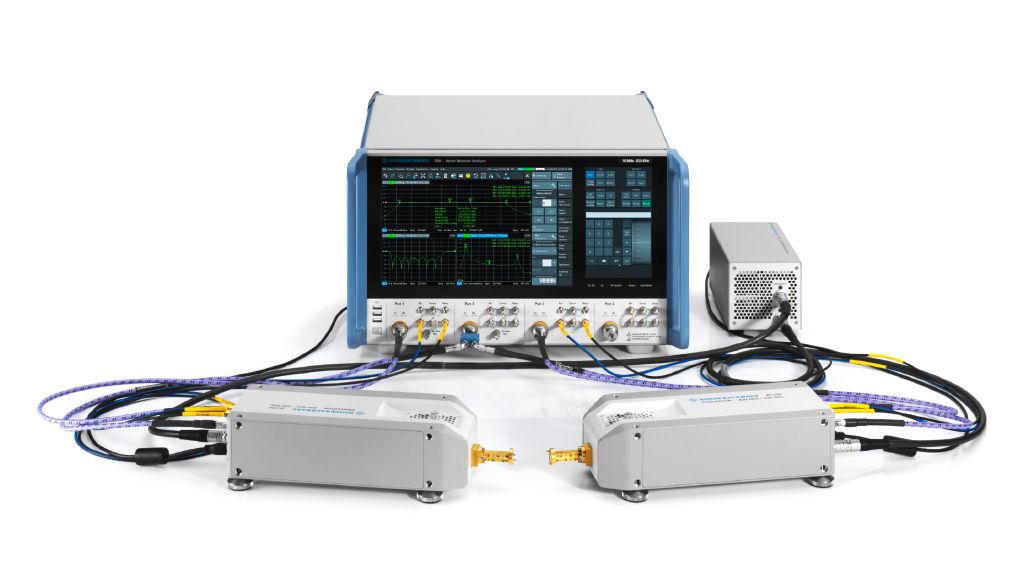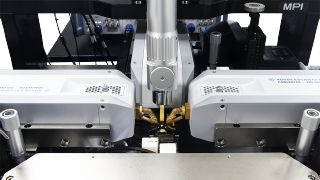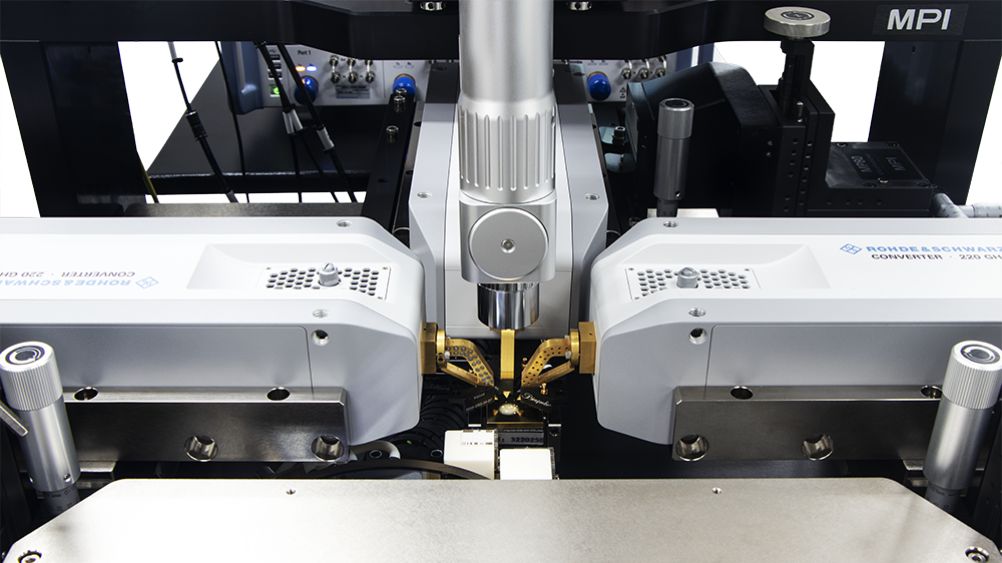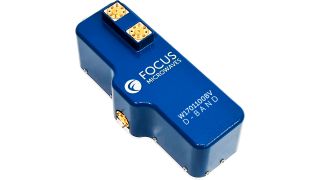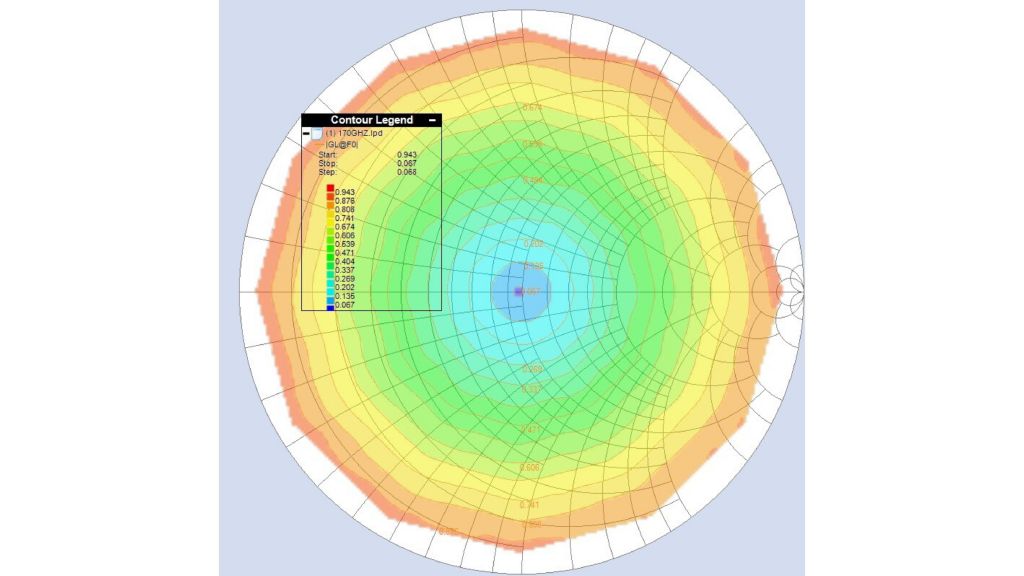Probe system for connection to the wafer
To meet the challenging requirements of on-wafer measurements at sub-THz frequencies, the joint solution uses the dedicated MPI Corporation probe system platform AIT. It is developed for measurements on 150 mm, 200 mm and 300 mm wafers without compromising on the instrumentation characteristics, measurement accuracy and operation simplicity. The solution covers the frequency range up to and beyond 1 THz and includes overtemperature characterization.
Dedicated frequency extender adaptation (FEAD) and the unique design of the probe platen enables the shortest distance between the extender port and the device under test (DUT). The fixtures position the frequency converters very close to the wafer to maximize the power into the device and guarantee an extremely wide dynamic range for measurements on its input and output. Pioneering QAlibria® calibration software and verified calibration substrates realize industry-standard and advanced calibration methods, as well as the metrological-level NIST multiline Through‑Reflect-Line (TRL) calibration by linking with the NIST StatistiCAL software package.
The manual MPI TS200-THZ probe system shares the same core principles as its automated counterpart, the MPI TS2000-IFE THZ-Selection. Both systems incorporate precision positioners and an engineered platen to ensure optimal performance during on-wafer measurements. The manual version achieves precise wafer positioning and proximity to the frequency converters, enabling accurate alignment and contact with the device under test. This design minimizes signal loss, reduces mechanical conflicts and enhances the power delivered to the device under test (DUT), making it an essential feature for sub-THz applications, including load-pull.
Similarly, the automated MPI TS2000-IFE THZ-Selection integrates advanced engineered platen and precision positioners, following the same approach as the manual version. The automated system maintains stable and controlled measurement conditions, which is critical for reliable and repeatable sub-THz measurements. Leveraging MPI’s innovative frequency extender integration design, this automated system ensures uninterrupted signal transmission, supporting RF, mmWave and THz measurements with outstanding accuracy.
Both the manual and automated versions are engineered to cater to different wafer sizes, including up to 300 mm, making them versatile solutions for a wide range of semiconductor applications. These advanced systems enable researchers and engineers to explore semiconductor technologies in the high-frequency domain, offering excellent accuracy and repeatability in on-wafer characterization.
The support of 3-port measurements, extending into the THz range is another unique capability of the MPI systems. This allows broadband subharmonic mixer testing by concurrently coupling millimeterwave and local oscillator (LO) ports.





